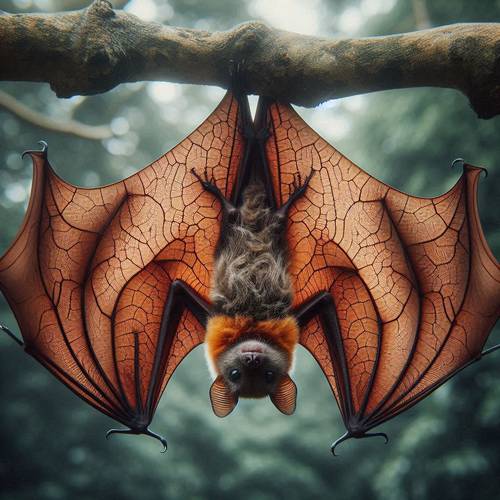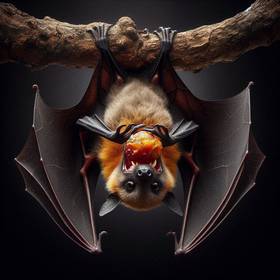Diverse Feeding Habits
Bats exhibit incredibly diverse feeding habits, making them unique among mammals. While many bats primarily eat insects, some species feed on fruits and nectar, playing a crucial role in pollination and seed dispersal. Others consume small vertebrates like frogs and fish. Remarkably, vampire bats feed on blood, showcasing a rare dietary adaptation. This diversity in feeding habits not only highlights the adaptability of bats but also underscores their importance in maintaining ecological balance across various habitats.
Nutritional Needs
Bats have specific daily nutritional needs to maintain their energy and health. Insectivorous bats consume vast amounts of insects each night, often eating up to half their body weight. Frugivorous bats rely on fruits and nectar, providing essential sugars and nutrients. Some bats, like vampire bats, need blood meals to sustain themselves. These dietary requirements ensure bats have the energy for flight, echolocation, and other activities, playing a vital role in their survival and ecological balance.



